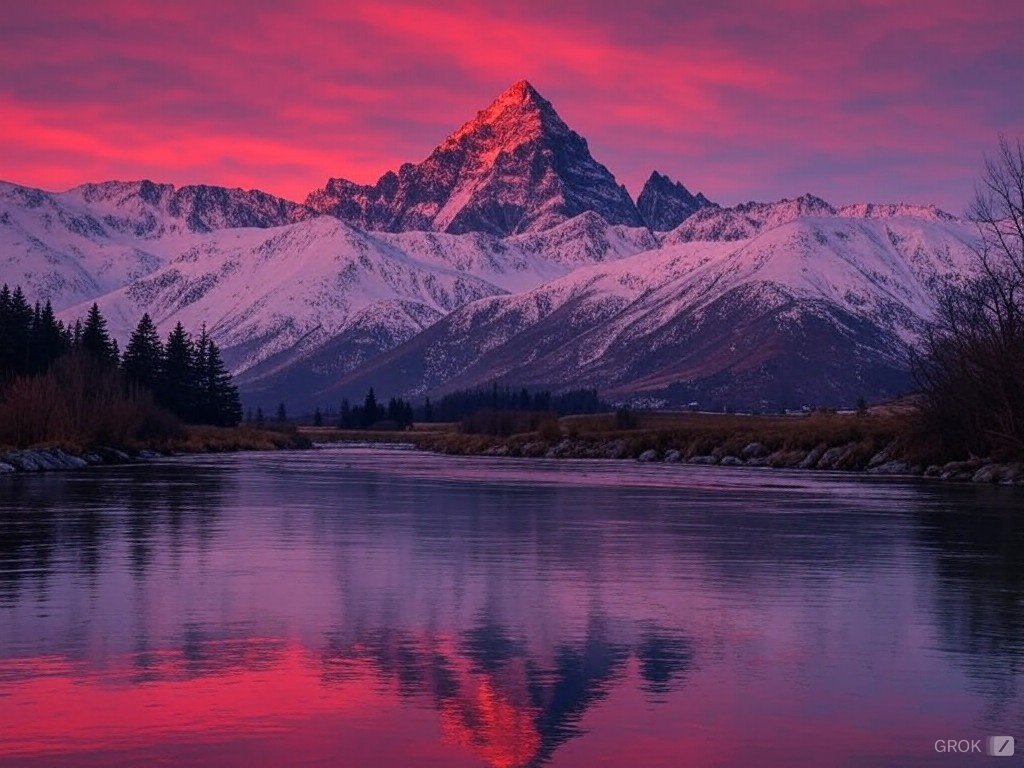Contents
The Magic Behind Immersive Levels
Ever found yourself completely lost in the sheer beauty of a game’s universe? Yeah, me too. There’s something quite magical about stepping into another world where the rules are just slightly different, isn’t there? Now, if you’ve ever wondered who’s behind these absorbing worlds, a part of that credit goes to game level designers—like myself.
Unreal Engine, now, that’s a tool that takes things up a notch. It’s like the Swiss knife for us level designers. And today, I’m going to peel back the curtain on how we use Unreal Engine to craft those captivating environments that make you want to explore every nook and cranny.
Why Unreal Engine Stands Out
You might have tried whipping up a morning smoothie with just a fork, right? Not the best idea—takes forever, and it’s just, well, chunky. Similarly, trying to build a rich, interactive 3D environment without solid software is a recipe for disaster (or at least, a massive headache). Unreal Engine is my blender in the world of 3D design. It mixes things so beautifully, blending assets with physics in such a way that creates a seamless experience for players.
One thing that fascinates me about Unreal Engine is its blueprint system. This isn’t just about throwing walls and trees around; it’s about making sure each element interacts just right with everything else. I remember working on a level where I had to ensure the ambience of an ancient ruin wasn’t just visible, but also felt. You know, making sure that players could almost smell the moss and feel the chill in the air. Unreal makes scripting these interactions quite intuitive.
My Personal Rumble With Unreal
Let’s get a bit personal here. I once wrestled with a level where my initial designs felt too… I don’t know, artificial? It’s like the scene was shouting, “I was created!”, instead of, “I exist.” Using Unreal, I tweaked lighting and shadow dynamics, adjusting angles and intensity until things started to feel more natural. More real.
I’ll admit, at times, I doubted if I could really make it work. But that’s the thing with Unreal—it pushes you to refine, refine, and refine some more. It’s almost as if the engine itself is daring you to do better. And honestly, I love a good challenge!
A Dash of the Unexpected
Sometimes, though, things go a bit… sideways. Ever accidentally scaled a character model too small, turning what should be a dramatic boss into what looks more like a squishy toy wanting a hug? Yep, been there. Took a minute to rectify, but let me tell you, screenshots were taken, and laughs were had!
These mishaps, while frustrating at the moment, are part of what makes game design so endearing. They add a layer of humanness to the process, transforming a routine task into a story to share.
Invitation to Explore Together
Every level design project is a journey. Sometimes, you have all the right directions; other times, you’re sort of making the map as you go. Whether you’re embarking on creating your first game or looking to polish an existing world, remember, it’s not just about perfecting technical skills but also about storytelling, experimenting, and sometimes, embracing the chaos of creation.
If you need a fellow navigator in your game level design voyage, or if you’re struggling to get the physics just right in Unreal Engine, give me a shout. I’d love to help turn your vision into reality. Reach out at [email protected] and let’s craft worlds that enchant and stories that linger!
There’s something wonderfully unpredictable about this line of work. And honestly, isn’t that just a bit exciting?
